'The elephant goes through the eye of the needle'
In order to prevent cross-ownership and manipulation of power by an individual or a group of shareholders at credit institutions, in early 2023, the State Bank drafted the Law on Credit Institutions (amended).
The draft provides regulations to tighten cross-ownership by reducing the maximum share ownership ratio from 5% to 3% for individual shareholders, and from 15% to 10% for institutional shareholders.
The draft also stipulates that the total outstanding credit balance for a customer must not exceed 10% of the bank's equity; the total outstanding credit balance for a customer and related persons must not exceed 15% of the bank's equity.
The incident at Saigon Commercial Joint Stock Bank (SCB) further demonstrates the urgency of amending the law to suit reality.
However, what is most necessary is the supervision of competent authorities, specifically the State Bank.
According to the conclusion of the investigation agency in the SCB case, although she did not hold any position at SCB, Ms. Truong My Lan (Chairwoman of Van Thinh Phat Group) indirectly held up to 91.54% of shares at this bank through asking individuals and organizations to own them.
Ms. Truong My Lan's almost absolute ownership of SCB shares has helped her take control, control, and direct all activities of this bank. From there, she turned SCB into a financial tool to mobilize deposits, directed key leaders of the bank and the Van Thinh Phat Group ecosystem to use thousands of individuals and legal entities to create thousands of "fake" documents in the name of borrowing capital at SCB Bank to use it for illegal purposes and appropriate money for personal use.

In fact, the lesson of an individual holding absolute power at a credit institution (CI) has happened in the past with OceanBank, GPBank and CBBank. The consequences of this have not yet been resolved.
Speaking with VietNamNet reporter, Lawyer Truong Thanh Duc, Chairman of ANVI Law Firm, said that the case of Ms. Truong My Lan owning over 90% of shares at SCB through individuals and legal entities is completely wrong compared to the provisions of the Law on Credit Institutions.
“Even though Ms. Lan may not be related to the individuals or organizations she asked to own shares, owning more than the prescribed percentage at a credit institution is still wrong in all cases,” said Lawyer Truong Thanh Duc.
The State Bank of Vietnam's desire to tighten regulations on cross-ownership in credit institutions is not beyond the goal of preventing risks for the entire system. Economist , Dr. Huynh The Du, said that cross-ownership is one of the major problems of the Vietnamese financial system. In fact, this happens in many countries around the world, not just in Vietnam. Therefore, one of the important tools is to require credit institutions to ensure conditions on capital safety, transparency, risk management, etc.
"Once transparency is established, cross-ownership within banks will also decrease," said Dr. Huynh The Du.
Dr. Huynh The Du emphasized that the problem is how to trace the origin of assets, how to make information transparent so that anyone can find out whether "Mr. A's shares are related to enterprise B, enterprise C, or even enterprise X, Y, Z" or not.
Difficult to manage if major shareholders deliberately conceal
In the report of the State Bank sent to the National Assembly on the results of preventing cross-ownership and ownership with manipulative and dominating nature in credit institutions, the State Bank admitted that handling the issue of ownership exceeding the prescribed limit and cross-ownership is still difficult in cases where major shareholders and related persons of major shareholders intentionally conceal or ask other individuals/organizations to stand in their names to register the number of shares owned to circumvent the provisions of the law, leading to credit institutions being controlled by these shareholders, potentially leading to the risk of operating without publicity and transparency.
The State Bank's report clearly shows that cross-ownership involves many entities under the management of ministries/sectors, while the entities under the State Bank's management are only credit institutions, so the State Bank has no information or tools to control ownership between companies in other sectors.
At the same time, controlling cross-ownership between non-industry companies and banks is very difficult in cases where major shareholders and related persons of major shareholders intentionally conceal or ask other individuals/organizations to stand in their names to register the number of shares owned to circumvent legal regulations on cross-ownership/ownership exceeding the prescribed level or circumvent regulations on credit limits for related customer groups and share ownership ratios of shareholders and related persons.
This leads to the potential risk of credit institutions' operations lacking transparency and openness. This can only be detected and identified through investigation and verification by investigative agencies in accordance with the provisions of law.
The detection of relationships between enterprises is still limited because information to determine the ownership relationship of enterprises, especially enterprises that are not public companies, is very difficult. The State Bank cannot proactively look up information as well as determine the accuracy and reliability of information sources; especially in the context of the current rapidly developing stock market and technology.
To overcome the above situation, the State Bank said it will continue to monitor the safety of credit institutions' operations and through inspections of capital, share ownership of credit institutions, lending, investment, and capital contribution activities... In case of detecting risks or violations, the State Bank will direct credit institutions to handle existing problems to prevent risks.
In cases where signs of crime are detected, the State Bank will consider transferring the case to the police for investigation and clarification of violations of the law.
In addition, the State Bank has included in the 2023 inspection plan the inspection of the transfer of shares and stocks that could lead to the acquisition and control of credit institutions; granting credit to large customer groups (focusing on credit related to the real estate sector; major shareholders, related persons of major shareholders of credit institutions...).
In addition, the State Bank will also complete the legal framework, including advising the Government to submit to the National Assembly amendments and supplements to the Law on Credit Institutions, including adding regulations to effectively handle the abuse of major shareholder rights, governance and management rights to manipulate the operations of credit institutions.
Source












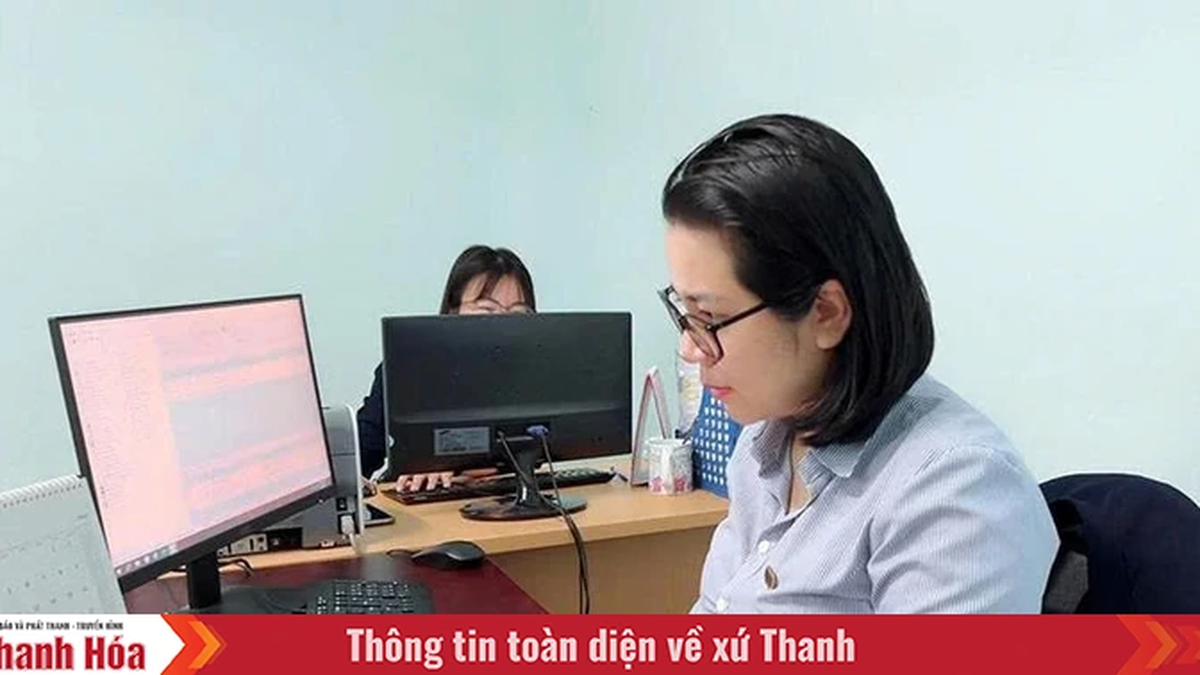














![[Photo] Prime Minister Pham Minh Chinh receives Australian Foreign Minister Penny Wong](https://vphoto.vietnam.vn/thumb/1200x675/vietnam/resource/IMAGE/2025/8/20/f5d413a946444bd2be288d6b700afc33)


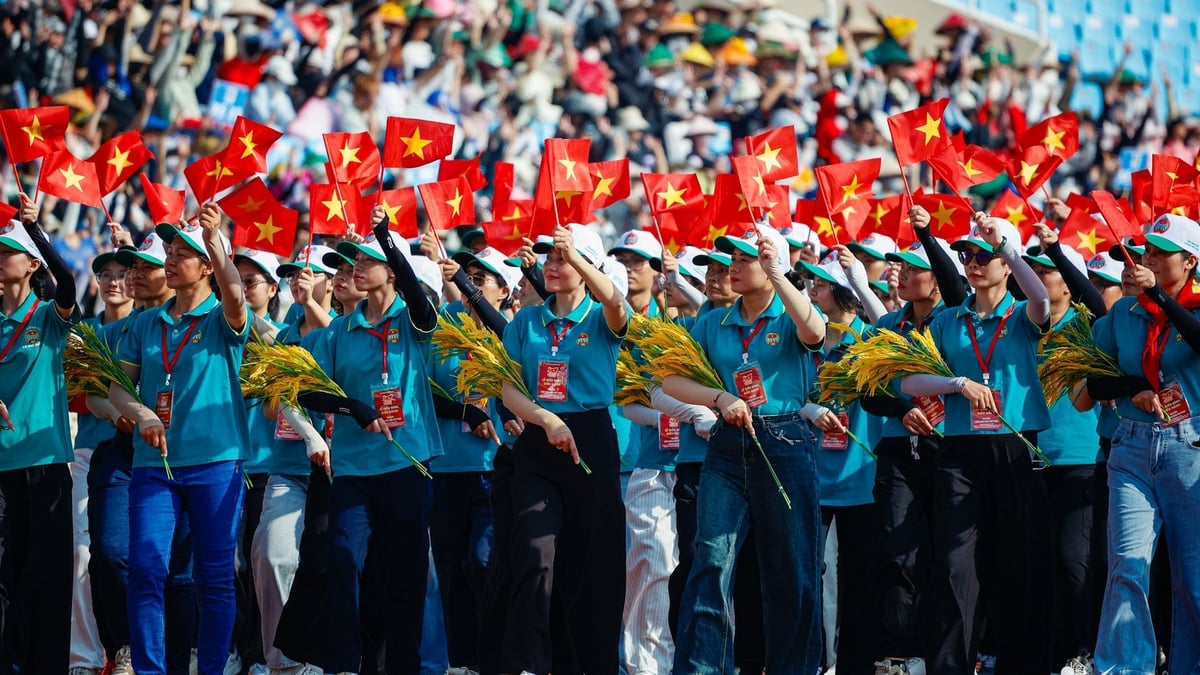
![[Photo] Politburo works with Standing Committees of Lang Son and Bac Ninh Provincial Party Committees](https://vphoto.vietnam.vn/thumb/1200x675/vietnam/resource/IMAGE/2025/8/20/0666629afb39421d8e1bd8922a0537e6)









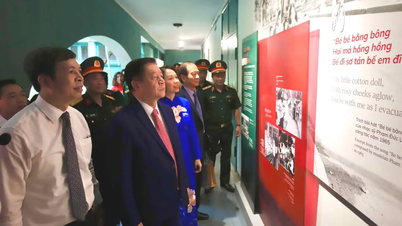


















































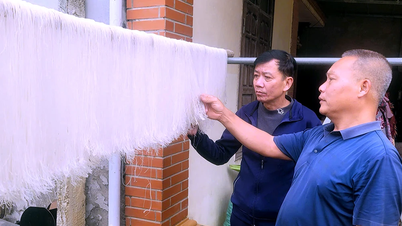



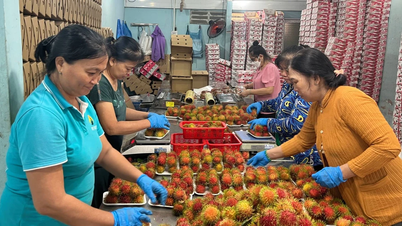






Comment (0)